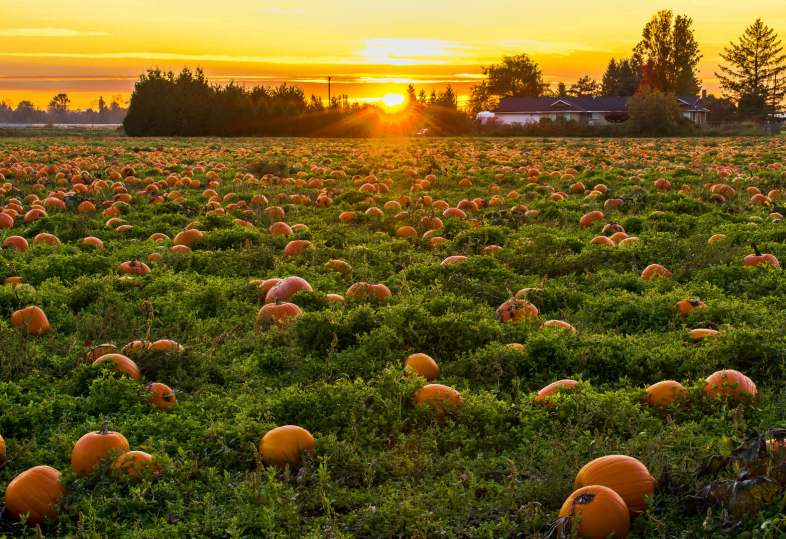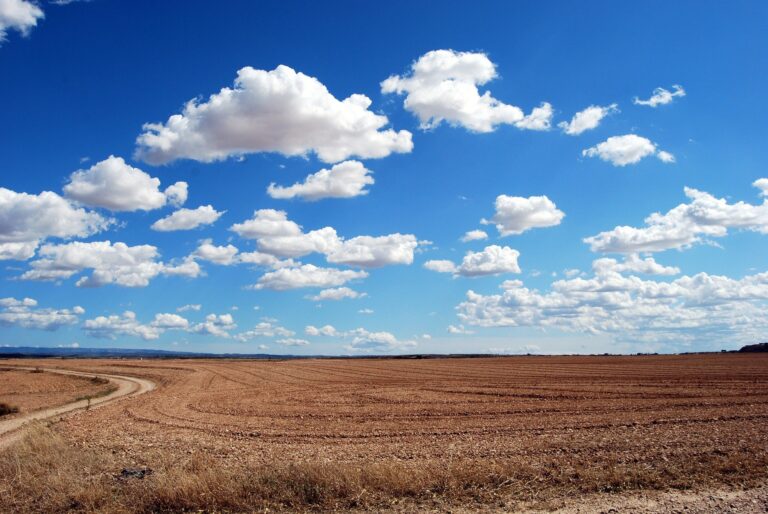How To Grow Pumpkins Successfully: 5 Tips!
Growing pumpkins can be a challenge for many beginner, or even experienced gardeners. These plants require different attention in order to keep them from rotting on the vine, and if you want to learn how to grow bigger pumpkins, then you’ll need the right soil and nutrients too. Here are 5 tips for growing pumpkins successfully.
Pumpkin Growing Tips
1.) Put Something Under Your Pumpkins
If you’ve been asking yourself “why are my pumpkins rotting on the vine“? The answer may be that the moisture in your soil is rotting them before you have a chance to harvest them. Do your pumpkins have rot on the bottoms? If so, this is likely the case. The fix is elevating your pumpkins off the soil to keep them dry until they are ready to harvest.
BUT, what to put under growing pumpkins? You can use different things here as long as it keeps them dry. Many people use bits of scrap wood to elevate growing pumpkins, but if you’d like a creative way to grow pumpkins, you can also elevate them in a vertical growing setup and use hammocks to support them. Not only does this make the pumpkin vine take up less space, but it also keeps them off the moist soil.
2.) Water near the plant itself and not the whole patch
When you water your pumpkins are your watering the entire patch? This could be a mistake as it may lead to excessive soil moisture, causing the rot problem discussed above. Instead, water the plant itself and not the entire patch. However, pumpkins do require a lot of water, so make sure you are watering them adequately – just in the right place.
Avoid watering the leaves, or pumpkins themselves whenever possible. It’s also better to water early so the heat of the day will be able to dry the leaves and keep the water where it should be, near the base of the plant and at the roots.
3.) Get Your Soil Mix Right
The best soil for pumpkins is loamy soil. Your soil should be moist but also have good drainage, so as not to water-log your patch when it rains. If your soil is not ideal, you can add a soil amendment to help make it more suitable. If you don’t know what kind of soil you have, it’s easy to purchase an inexpensive soil testing kit online to find out.
Mix your soil patch with high-value organic material, as much as you can. This could include manure, compost, etc. This will add nutrients, and it’s how you grow bigger pumpkins rather than puny ones. You will then want to fertilize the soil every 5-10 days, adding additional organic materials like fish/seaweed fertilizer to feed your pumpkins.
4.) Prune Your Vines To Focus Plant Growth
Once some pumpkins have begun to form on your vines; it’s time for maintenance. You want the vine to be able to focus all of its energy on growing a larger pumpkin, and that means trimming the vine so growth is re-directed where you want it to be! Just neatly trim the ends of the vines and tidy things up.
5.) Use Companion Planting To Protect Growing Pumpkins From Pests
Learning how to protect growing pumpkins from animals is just part of the journey. There are all kinds of bugs from vine borers to squash bugs which will quickly crush your dreams if you don’t take proactive measures. While pesticides are not recommended, as they kill pollinators you need to pollinate your pumpkin’s flowers, there is another way.
Companion planting is a fantastic and natural way to combat insects. Oregano is not only a great herb for your kitchen, but it also attracts hover flies, which make short work of troublesome aphid populations. Nasturtium, a lovely flowering vine, also attracts predators which feast on squash bugs, aphids, and pumpkin beetles.

Bob learned about farming from his grand dad. So, the decision to leave the city and start homesteading was not a difficult transition. He now lives with his wife and two kids on their 30 acre property in Ohio.






